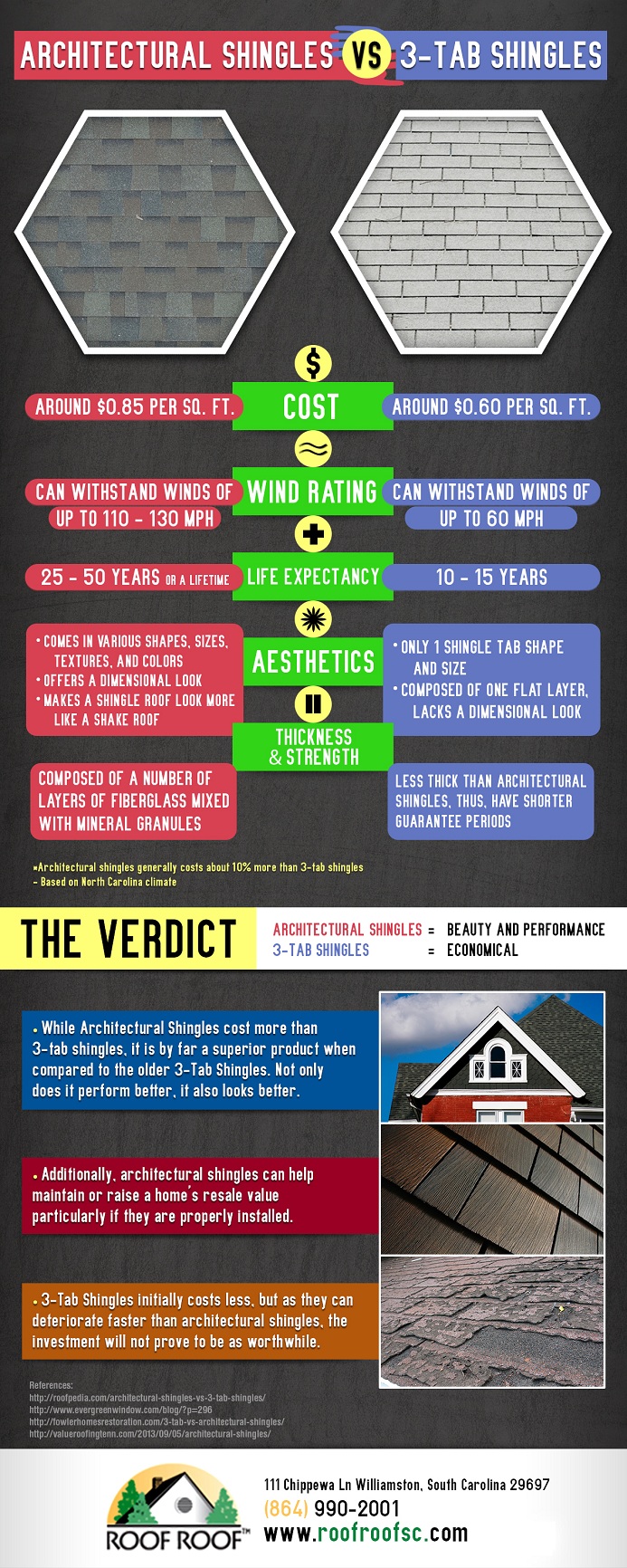Explore The Complicated World Of Solar Innovation And Discover The Fascinating Procedure Whereby Sunshine Is Converted Into A Usable Resource Of Power
Explore The Complicated World Of Solar Innovation And Discover The Fascinating Procedure Whereby Sunshine Is Converted Into A Usable Resource Of Power
Blog Article
Produced By-Vittrup Bach
So, you've become aware of solar panels and their potential to generate electrical power from sunshine, but exactly how specifically do they function? Understanding the complex innovation behind photovoltaic panels can be a remarkable journey right into the world of renewable resource. From the fundamental concepts of photovoltaic cells to the detailed elements that compose a photovoltaic panel system, there's a whole world of knowledge waiting to be discovered. Allow's unravel the secrets of photovoltaic panel innovation with each other.
Photovoltaic Panel Technology Principles
To genuinely grasp the essence of photovoltaic panel technology, you need to delve into the basic principles that underpin its functionality. Solar panels contain photovoltaic cells, typically made from silicon, which have the amazing capacity to transform sunshine right into electricity through the photovoltaic or pv impact. When sunlight strikes the cells, the photons in the light interact with the silicon atoms, causing the electrons to break free from their atomic bonds. This develops an electric current that can after that be harnessed for powering different devices.
The vital component of photovoltaic panels is the semiconductors within the solar batteries, which assist in the conversion of sunshine right into usable electrical power. These semiconductors have both positive and unfavorable layers, creating an electrical field that allows for the flow of electrons.
This circulation of electrons, when linked in a circuit, creates direct current (DC) electrical power. Understanding these fundamental principles is vital for valuing how photovoltaic panels can harness the sunlight's energy to power homes, companies, and even satellites precede.
How Solar Panels Generate Electrical Power
Solar panels harness the sunlight's energy by converting sunshine right into electrical power through a process known as the photovoltaic or pv impact. When sunshine hits the photovoltaic panels, the photons (light bits) are soaked up by the semiconducting products within the panels, usually made from silicon. This absorption generates an electrical existing as the photons knock electrons loosened from the atoms within the material.
The electrical areas within the solar cells then force these electrons to flow in a details instructions, developing a straight present (DC) of electricity. industrial solar installation is after that travelled through an inverter, which transforms it into rotating present (AIR CONDITIONER) electrical energy that can be used to power your home or business.
Excess power produced by the photovoltaic panels can be stored in batteries for later usage or fed back right into the grid for credit report through a process called web metering. Recognizing exactly how solar panels produce electrical energy is critical to valuing the ecological and cost-saving advantages of solar energy systems.
Understanding Photovoltaic Panel Components
One important element of solar panel innovation is understanding the various components that make up a solar panel system.
The key elements of a solar panel system consist of the photovoltaic panels themselves, which are comprised of solar batteries that convert sunlight into electrical energy. These panels are placed on a structure, usually a roof covering, to catch sunlight.
Along with the panels, there are inverters that convert the direct present (DC) power created by the panels into alternating current (AIR CONDITIONER) power that can be made use of in homes or businesses.
The system also includes racking to support and place the photovoltaic panels for optimum sunshine exposure. In addition, cords and connectors are essential for delivering the electricity created by the panels to the electrical system of a building.
Lastly, a tracking system may be included to track the efficiency of the photovoltaic panel system and ensure it's functioning effectively. Understanding these components is vital for any individual looking to set up or use photovoltaic panel technology successfully.
Final thought
Now that you understand the fundamentals of solar panel innovation and how it functions, you can value the power of using sunlight to generate tidy and renewable resource for your building. By making use of the solar result and parts like inverters and monitoring systems, you can contribute to a more sustainable future while also potentially saving on power expenses. Keep learning and discovering the possibilities of solar power for a greener tomorrow.
